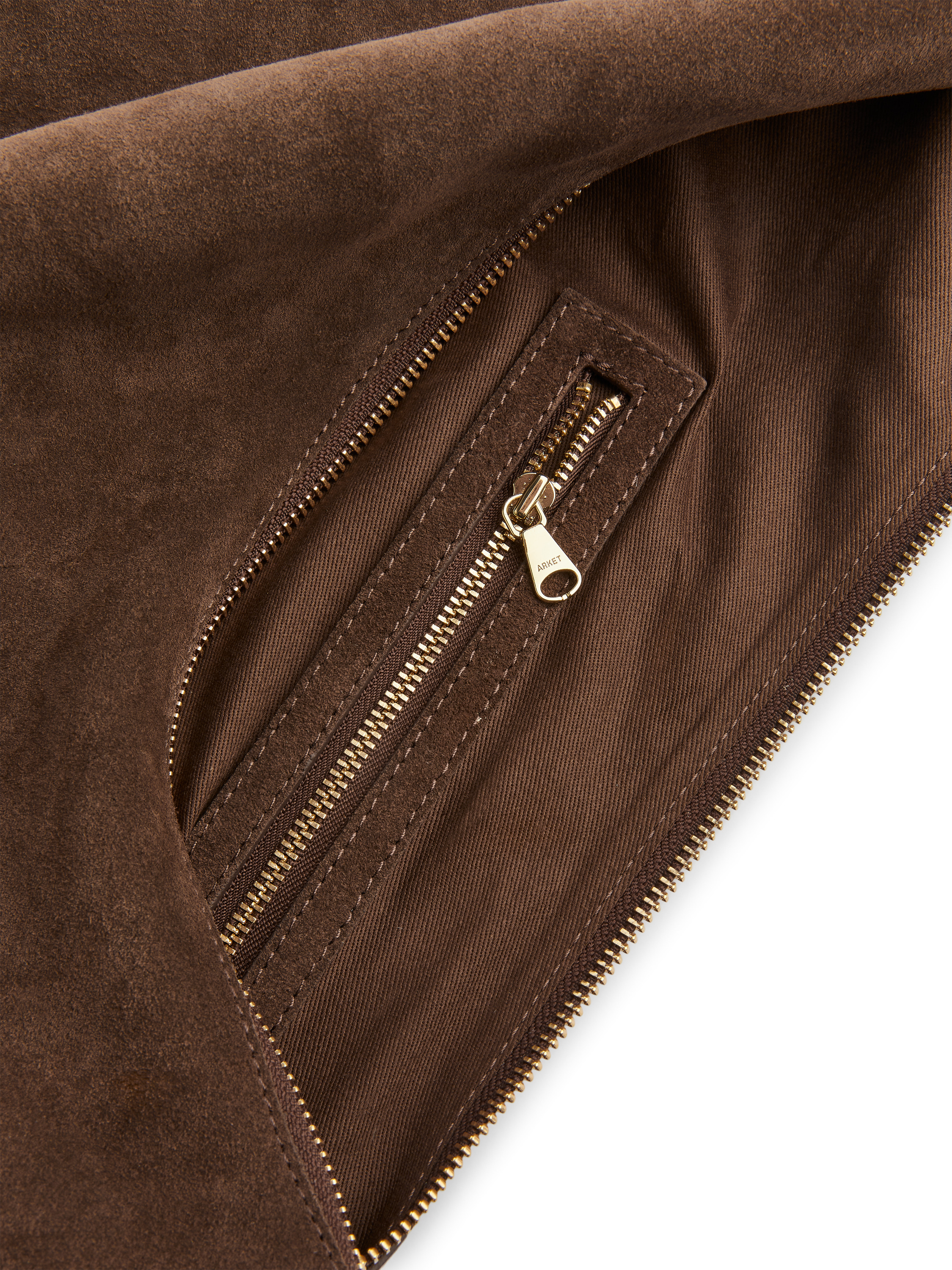Knowledge A true sartorial icon, the classic trench coat was a product of the latest and most modern textile innovations when it was introduced in the late 1800s. Made from a new kind of waterproof fabric, it was lighter and more flexible than traditional woollen greatcoats and more breathable than rubberised raincoats.
The original trench coats were high-performance garments used for sports and outdoor activities, such as riding and hunting, but many of its classic design features were developed in the military during the first decades of the 1900s. A classic trench coat is double-breasted with a belted waist, made to fit comfortably over a uniform. Cut at knee length, the coat covers most of the body but still allows ease of movement due to a flared shape from the waist down.
The original design featured deep, large pockets that could be reached both from the inside and outside, while D-rings on the belt could carry gear and accessories. To keep wind and rain out, the collar could be buttoned-up and the sleeves tightened with a strap. On the shoulders, a deep back yoke was designed to keep prevent water from seeping in. Trench coats became fashionable in both Europe and America during the first world war. They coats were aspirational garments, identified with officers and the upper class, but also worn to show support and solidarity with the military. In the 1960s, the classic trench coat was reinterpreted for women by designer Yves Saint-Laurent and reimagined as a distinctively feminine item.



